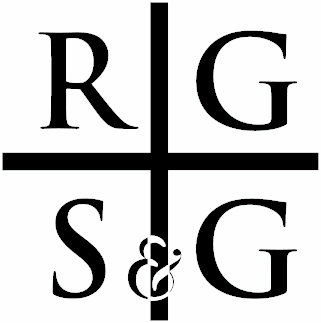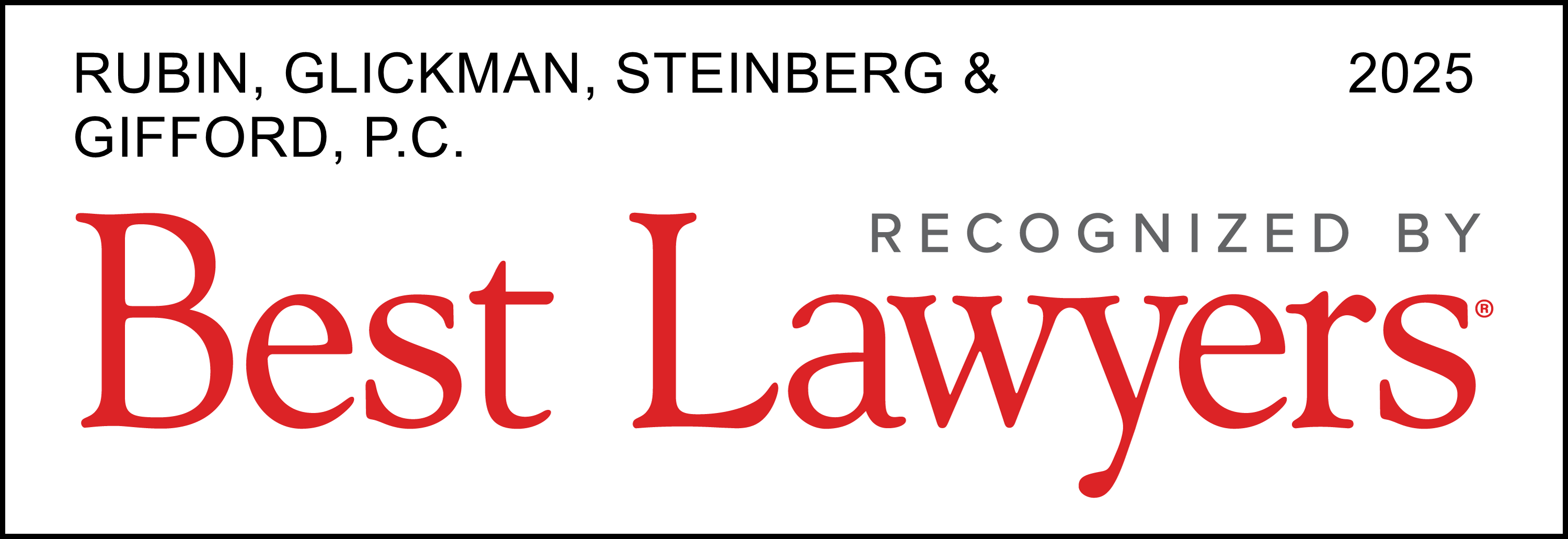
Car accidents rarely present a clear-cut case of one driver bearing complete responsibility. In many collisions, multiple factors contribute to the crash, with both drivers sharing some degree of fault. This complexity can leave you uncertain about your rights and wondering if you can still pursue compensation for your injuries when you might have contributed to the accident’s cause.
Understanding how Pennsylvania handles shared fault in car accident claims is essential for protecting your legal rights and financial interests. Even if you believe you were partially responsible for a collision, you may still be entitled to significant compensation depending on the specific circumstances and the degree of fault assigned to each party.
- Pennsylvania’s Comparative Negligence Rule
- Steps to Take After an Accident When You Share Fault
- Determining Fault in Pennsylvania Car Accidents
- Insurance Considerations When Partially at Fault
- Negotiating With Insurance Companies
- When Litigation Becomes Necessary
- Protecting Your Rights When Partially at Fault
Pennsylvania’s Comparative Negligence Rule
Pennsylvania follows a “modified comparative negligence” approach to car accident claims. This legal principle acknowledges that multiple parties may share responsibility for an accident while still allowing injured victims to recover damages if they were not primarily at fault.
Under this rule, you can seek compensation as long as you are determined to be less than 51% responsible for the accident. However, your recovery will be reduced by your percentage of fault. For example, if you have $100,000 in damages but are found 30% at fault, your maximum recovery would be $70,000 (the total damages minus your 30% responsibility).
This system differs significantly from “contributory negligence” states where being even 1% at fault could completely bar recovery. Pennsylvania’s approach offers a more balanced solution that recognizes the complex reality of most traffic accidents.
Steps to Take After an Accident When You Share Fault
When you’ve been involved in an accident where you might share some responsibility, taking the right actions immediately afterward can significantly impact your claim:
- Seek medical attention promptly, even if injuries seem minor
- Document the accident scene with photos and videos if possible
- Exchange information with all involved parties
- Gather contact information from witnesses
- Report the accident to the police and obtain a copy of the report
- Notify your insurance company about the accident
- Avoid making statements admitting fault or apologizing
- Consult with an attorney before giving recorded statements
The last point is particularly important when you believe you may share fault. What might seem like an innocent explanation or apology could be interpreted as an admission of liability later.
Determining Fault in Pennsylvania Car Accidents
Establishing the percentage of fault in an accident involves analyzing multiple forms of evidence:
- Police reports documenting the officers’ observations and conclusions
- Statements from drivers, passengers, and witnesses
- Physical evidence from the accident scene, including skid marks and vehicle damage
- Traffic camera or surveillance footage
- Data from vehicle event recorders or “black boxes”
- Expert analysis from accident reconstruction specialists
Insurance adjusters initially assign fault percentages based on their investigation, but these determinations are often biased toward minimizing the insurer’s liability. An experienced attorney can contest these assessments using independent evidence and expert testimony to ensure you’re not unfairly assigned a disproportionate share of blame.
Insurance Considerations When Partially at Fault
Pennsylvania operates under a choice no-fault insurance system, where drivers can choose between “full tort” and “limited tort” coverage. This choice significantly impacts your claim when you share fault:
- Full tort coverage preserves your right to sue for all damages regardless of injury severity
- Limited tort coverage restricts your ability to seek non-economic damages (like pain and suffering) unless you’ve suffered a “serious injury”
When you share fault, having full tort coverage becomes even more valuable, as it preserves your full range of legal options. Additionally, Pennsylvania requires drivers to carry minimum liability coverage of $15,000 per person and $30,000 per accident for bodily injury, though these limits may be insufficient for serious accidents.
Negotiating With Insurance Companies
Insurance companies often use your partial fault as leverage to offer minimal settlements. When negotiating:
- Avoid providing recorded statements without legal representation
- Don’t accept the first settlement offer
- Document all communications with insurance adjusters
- Be prepared with evidence that minimizes your share of fault
- Consider having your attorney handle all insurance communications
Remember that insurance companies profit by paying as little as possible on claims. When you’re partially at fault, they may use this as justification to dramatically reduce their offer, hoping you’ll accept out of fear of receiving nothing.
When Litigation Becomes Necessary
If fair settlement negotiations fail, filing a lawsuit may be your best option. During litigation, your attorney will:
- Present evidence supporting your version of events
- Challenge the other party’s claims about your degree of fault
- Use expert testimony to establish liability percentages
- Demonstrate the full extent of your damages
- Navigate court procedures and deadlines
- Represent your interests through trial if necessary
Even after litigation begins, most cases settle before trial. However, being prepared for court proceedings strengthens your negotiating position and increases the likelihood of a fair resolution.
Protecting Your Rights When Partially at Fault
The attorneys at Rubin, Glickman, Steinberg & Gifford, P.C. understand the nuances of Pennsylvania’s comparative negligence laws and how to effectively advocate for clients who share some fault in an accident. Our experienced legal team serves clients throughout Montgomery and Bucks counties, working diligently to ensure fault is fairly apportioned and compensation is maximized.
If you’ve been injured in a car accident where you may be partially at fault, contact our office at (215) 822-7575 or through our online contact form to schedule a consultation. We can help you understand your rights and develop a strategy to pursue the compensation you deserve despite sharing some responsibility for the accident.

Rubin, Glickman, Steinberg & Gifford P.C.
Pennsylvania Attorney's
July 24, 2025









